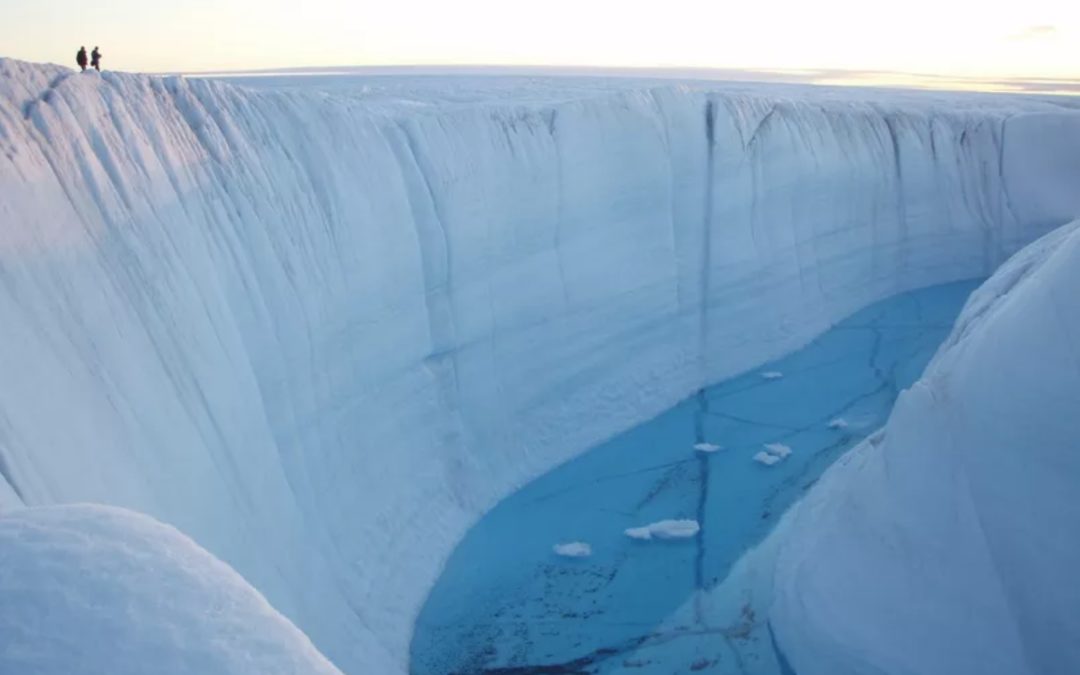SOURCE: Popular Science
DATE: December 6, 2018
SNIP: Greenland is losing its cool. That’s not much of a surprise—its mile-thick sheet of ice was not made for this epoch of climate change. But that cool is getting shredded faster than we think.
According to new findings published Wednesday in Nature, climate change has accelerated the melting of Greenland’s ice sheet to unparalleled levels, unseen in at least 350 years and likely in the past 7,800. The rate of melt and the resulting runoff falling into the ocean (and adding to a rising sea level) is speeding up over time, thanks to a motley of factors acting as a feedback loop.
“By using ice cores, we can literally ‘drill back in time,’ and we are able to extend the observational period back in time ten-fold,” says Sarah Das, a glaciologist at Woods Hole Oceanographic Institution and a coauthor of the new study.
In all, the team’s analysis suggests melt intensity in Greenland increased by a whopping 250 to 575 percent over just the last 20 years, relative to pre-industrial levels. In those same two decades, total ice sheet runoff has increased by 50 percent since the industrial age began, spiking up by 33 percent since the 20th century alone.
Multiple factors are coalescing to create multiple feedback loops, all exacerbating the ice and snow melt. One of these is the melt-albedo feedback, in which melting creates a more granular consistency of snow that absorbs more sunlight and melts faster. Melting also exposes darker ice to sunlight, which warms up and melts faster than lighter shades of ice. And when melting refreezes at higher elevations, it warms the surrounding snowpack, which means the following year it melts faster and more intensely. To twist the knife, that refreezing also makes the ice sheet more impermeable, which causes water to run off into the ocean rather that seep into the ice sheet’s spongy firn layer.
“What this means for the future,” says Das, “is that for every further degree of warming, we will lose much more ice, on the order of a doubling or more than we did for the same degree of warming in the past, leading to faster rates of sea level rise.”

